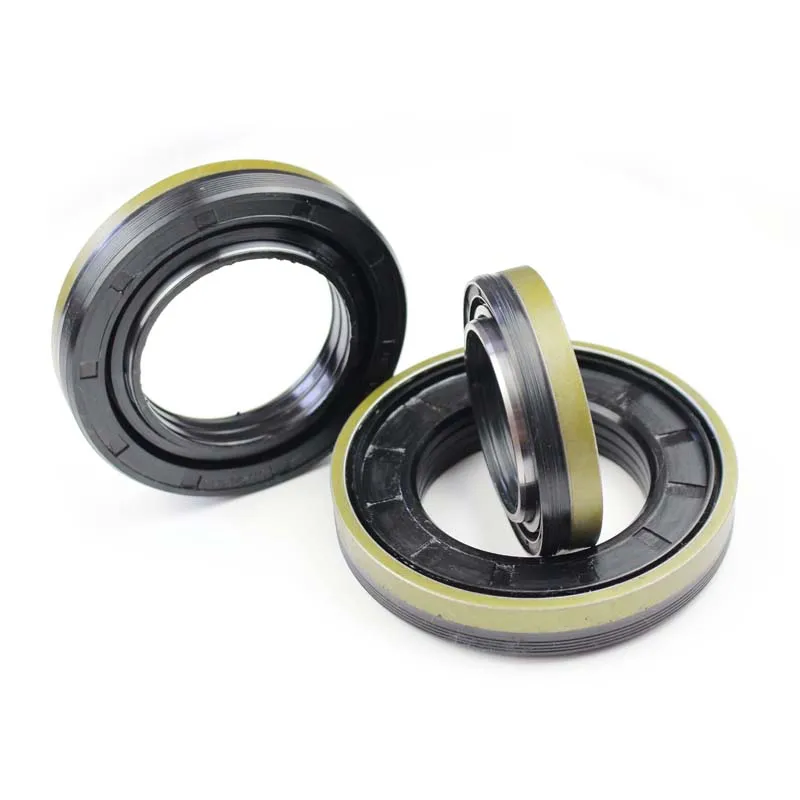Axle Flange Seal Maintenance and Replacement Tips for Optimal Performance
Understanding Axle Flange Seals Their Importance and Maintenance
Axle flange seals are critical components in various types of vehicles, playing an essential role in ensuring the proper functioning of the drivetrain. These seals are designed to prevent the leakage of lubrication from the axle housing and protect the internals from contaminants like dirt and moisture. Understanding their importance, the challenges they face, and how to maintain them can significantly enhance the performance and longevity of a vehicle.
What is an Axle Flange Seal?
An axle flange seal is a circular sealing device located at the junction between the axle housing and the wheel hub. Its primary function is to keep the lubricating oil that lubricates the axle’s bearings and differential in place. In essence, these seals help maintain the integrity of the lubrication system while also acting as a defensive barrier against external elements.
The design of these seals often varies based on the type of vehicle and its intended use. For instance, heavy-duty vehicles may require more robust seals to withstand higher loads and greater exposure to contaminants. Common materials for axle flange seals include rubber, silicone, and polyurethane, each chosen for its ability to resist wear, temperature fluctuations, and chemical exposure.
Importance of Axle Flange Seals
1. Lubrication Retention Proper lubrication is vital for reducing friction and heat in axle bearings. A leak can lead to insufficient lubrication, causing premature bearing wear and potential failure.
2. Contaminant Protection The seal acts as a barrier against dirt, water, and debris, which could potentially enter the axle housing and cause damage. This protection is crucial, especially for vehicles that operate in harsh environments.
3. Performance A well-functioning axle flange seal contributes to the overall performance of a vehicle. Issues with the seal can lead to noises, vibrations, and poor handling, diminishing the driving experience.
4. Preventative Maintenance Monitoring and maintaining axle flange seals can avert more severe problems down the line, such as axle failure or costly repairs. Regular checks can reveal signs of wear and tear, allowing for timely replacements.
Challenges Faced by Axle Flange Seals
While axle flange seals are durable, they are not immune to wear
. Several factors can compromise their integrityaxle flange seal

- Heat and Friction Repeated exposure to heat and friction can cause seals to degrade over time, leading to cracks and breaks.
- Contaminants Dirt and grit can wear down the sealing surfaces, creating gaps that allow lubricants to escape and contaminants to enter.
- Installation Errors Improper installation can lead to misalignment and undue stress on the seals, drastically reducing their lifespan.
- Chemical Exposure Certain oils and chemicals can degrade seal materials, making it crucial to use the right lubricants as specified by the manufacturer.
Maintenance Tips
To ensure the longevity of axle flange seals, consider the following maintenance tips
1. Regular Inspections Periodically check for signs of leakage or damage. Look for oil stains where the axle meets the hub and replace the seals as necessary.
2. Proper Installation When replacing axle flange seals, ensure they are installed correctly to avoid misalignment. Follow the manufacturer’s guidelines precisely.
3. Use Quality Products Invest in high-quality seals suited for your specific vehicle type and usage conditions. This can prevent premature failure and costly repairs.
4. Fluid Checks Regularly check the fluid levels and condition within the axle housing. Contaminated or low fluid can lead to increased wear on seals.
In conclusion, axle flange seals play a vital role in vehicle performance, longevity, and safety. Understanding their function and implementing good maintenance practices can help ensure that your vehicle runs smoothly and efficiently for many miles. Keeping an eye on these small yet mighty components will save time and resources in the long run.
-
The Ultimate Guide to Car Repair Kits: Tools and Essentials Every Driver Should Own
News Aug.01,2025
-
The Complete Guide to Oil Pan Gaskets: Sealing Engine Leaks the Right Way
News Aug.01,2025
-
Preventing Oil Leaks: A Complete Guide to Oil Pan Gaskets and Drain Seals
News Aug.01,2025
-
Everything You Need to Know About Oil Pan Gaskets and Drain Plug Seals
News Aug.01,2025
-
Essential for Car Owners: How to Use a Car Repair Kit to Deal with Minor Breakdown
News Aug.01,2025
-
Comprehensive Guide to Engine Oil Sump Gaskets and Related Seals
News Aug.01,2025
-
The Ultimate Guide to Boat Propeller Bearings and Trailer Wheel Bearings
News Jul.31,2025
Products categories















